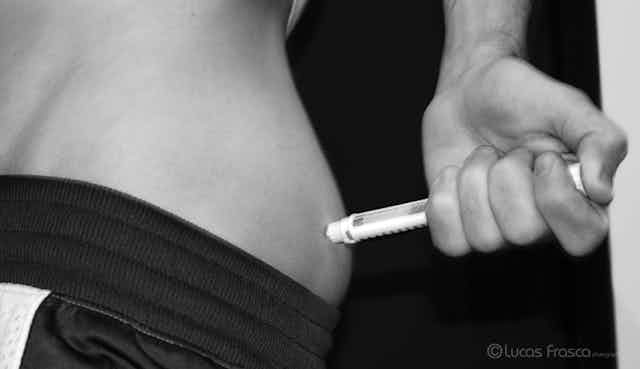Daily jabs of insulin are a painful reality for many with diabetes. That may change if researchers who have successfully tested oral insulin in rats are able to replicate those results in humans.
Nearly 350m people worldwide suffer from diabetes and that number is predicted to grow to more than 500m by 2030. While the more common form, type-2 diabetes, does not always need insulin treatment, nearly quarter of all diabetes patients depend on insulin jabs. Oral insulin’s estimated annual sales could be somewhere between $8 billion and $17 billion.
The benefits of an insulin pill are more than just ease of taking the drug. The pill will mean that patients can start taking insulin earlier in the development of the disease, which could reduce some of the secondary complications, which can include blindness and impaired healing that leads to amputations.
The idea of oral insulin has been around since the 1930s, but the difficulties of making it seemed too big to overcome. First, insulin is a protein – when it comes in contact with stomach enzymes, it is quickly destroyed. Second, if insulin can pass through the stomach safely, it is too big a molecule (about 30 times the size of aspirin) to be absorbed into the bloodstream, where it needs to be in order to regulate blood-sugar levels.
Sanyog Jain at India’s National Institute of Pharmaceutical Education and Research and his colleagues have been working on delivering insulin in the oral form for many years. Their first fully-successful attempt came in 2012, when they developed a formulation that successfully controlled blood-sugar level in rats. But the materials used were too expensive to consider commercialising the technology.
Now, in a paper published in the journal Biomacromolecules, they have found a cheaper and more reliable way of delivering insulin. They overcome the two main hurdles by, first, packing insulin in tiny sacs made of lipids (fats), and, second, attaching to it folic acid (vitamin B9) to help improve its absorption into the bloodstream.
The lipids they use are cheap and have been successfully employed to deliver other drugs before. These help to protect insulin from being digested by stomach enzymes, which gets it to the small intestine. When the lipid-covered sacs enter the small intestine, special cells on its lining called microfold cells are attracted to the folic acid in them. The folic acid helps activate a transport mechanism that can let big molecules pass through into the blood. The amount of folic acid used in the formulation also seems to be in the safe region.
In rats, Jain’s formulation was as effective as injected insulin, although the relative amounts that entered the blood stream differed. However, it was better in one key aspect. Whereas the effects of an injection are quickly lost (in less than 6 to 8 hours), Jain’s formulation helped control blood-sugar level for more than 18 hours.
The most important part of the research comes after successful testing in animals – the formulation needs to be given to human volunteers. But, Jain said, “at a government institute like ours, we don’t have the sort of money needed for clinical trials.”
He may not have to wait for long, as big pharma companies have been searching for an insulin pill formulation for decades. Two of them, Danish pharma giant Novo Nordisk and Israeli upstart Oramed are in a race to come up with a solution. Google’s venture capital arm, Google Ventures, recently invested $10m in Rani Therapeutics with the hope it will help develop oral insulin. Indian firm Biocon also does oral insulin research, and it recently signed an agreement with pharma giant Bristol-Myers Squibb.
Oramed is ahead, with their oral insulin product soon to enter phase-II clinical trials, which is the most advanced stage any oral insulin formulation has ever reached. Its chief scientist, Miriam Kidron, said of Jain’s research: “Most people have the same basic idea to develop an insulin pill, but its the little differences that will determine ultimate success.”
While Kidron did not reveal Oramed’s formulation, she said, “we attempted liposomal delivery before, just like Jain’s work, but we weren’t successful.” She warned that translating success from rats to humans is very difficult. And she is right – most drugs have a high cull-rate at each stage of their development. Even so, research like Jain’s give hope that an insulin pill may not remain a dream for long.


